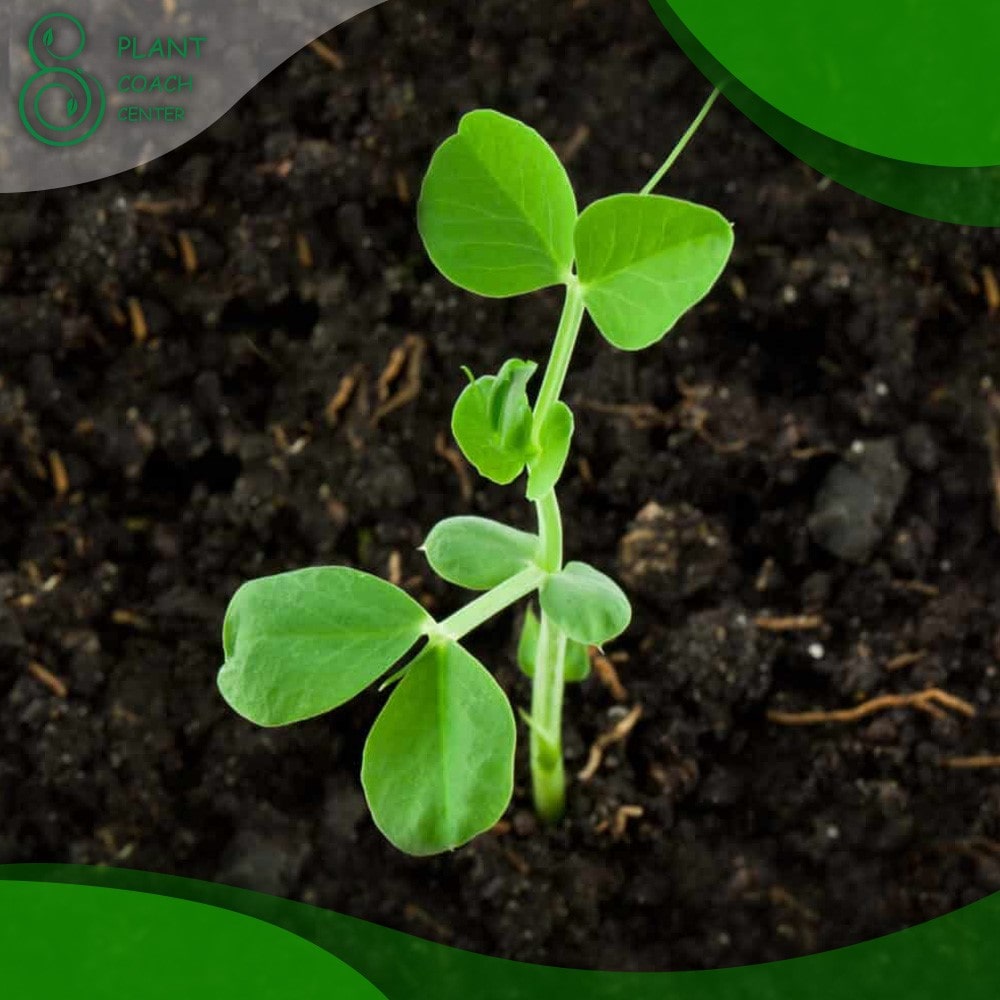When Do You Plant Peas?
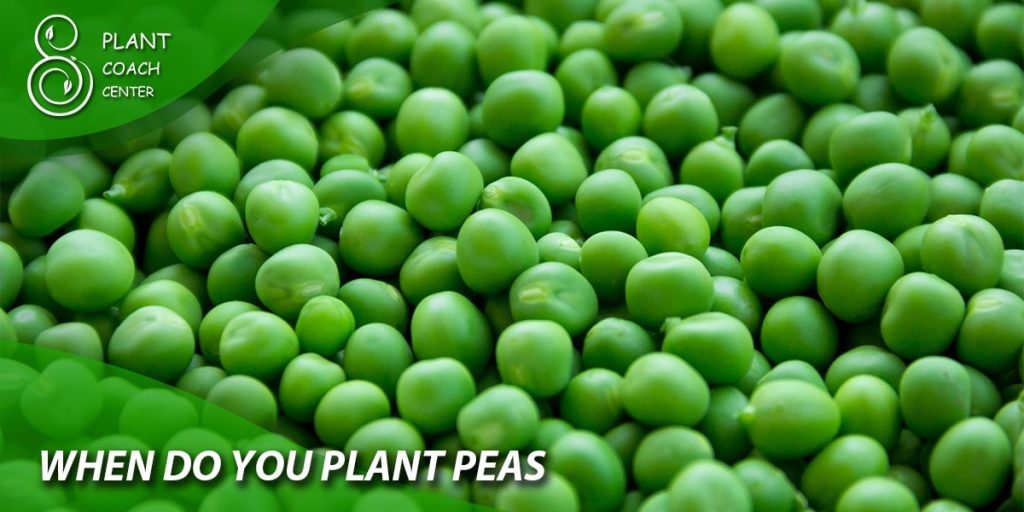
Welcome to the verdant world of pea cultivation! As the calendar pages turn and seasons shift, the enchanting prospect of planting peas emerges again. Whether you’re a seasoned gardener or just embarking on your horticultural journey, the timing of pea planting is a crucial dance with nature that requires finesse and knowledge.
In this guide, we’ll unravel the mysteries surrounding the question, “When do you plant peas?” Delving beyond mere dates, we’ll uncover the intricate interplay between environmental cues, regional idiosyncrasies, and technological aids collectively influencing the opportune moment for sowing these versatile legumes.
From deciphering the language of soil temperature to harnessing the nuances of microclimates, we’ll equip you with insights that span from traditional wisdom to modern innovation. So, whether you’re yearning for the delicate sweetness of garden peas or the crisp snap of snow peas, join us as we explore the art and science of pea planting, helping you sow the seeds of success in your gardening endeavors.
Peas 101: Understanding the Growing Seasons
Peas, those tiny yet delightful orbs of green goodness, come in various types, each with a distinct growing season. To embark on your pea planting journey, it’s essential to acquaint yourself with these different varieties and the best times to sow their seeds.
Classic Garden Peas
The classic garden pea, also known as English peas, is perhaps the most iconic member of the pea family. These plump peas are encased in tender pods and are best enjoyed by shelling them. Garden peas thrive in cooler weather, making early spring the ideal time for planting.
You can sow garden pea seeds as soon as the soil becomes workable and temperatures rise slightly above freezing. This ensures they mature before the intense summer heat arrives, usually yielding a harvest in late spring to early summer.
Sugar Snap Peas
Sugar snap peas offer a delightful combination of crunchy pods and sweet peas. Unlike garden peas, sugar snap pea pods are edible, making them a favorite for snacking and stir-frying. These peas also prefer cooler temperatures but can tolerate slightly warmer conditions.
You can start planting sugar snap peas in early spring, around the same time as garden peas. Their growing season is relatively longer, often stretching into early summer, providing a continuous supply of delectable pods.
Snow Peas
Snow peas are renowned for their flat, edible pods and tender sweet peas. They are the earliest pea varieties to mature and can tolerate milder winter climates. Snow peas can be planted as soon as the soil can be worked in late winter or early spring. Thanks to their adaptability to more excellent conditions, they can be sown again in late summer for a fall harvest.
Reading Nature’s Signs: Gauging Soil and Temperature
When it comes to planting peas, nature provides us with a wealth of cues that can guide us toward the optimal timing. The most critical factors to consider are soil temperature and the ever-fluctuating thermometer. These environmental indicators work together to determine when your pea seeds can safely nest into the earth.
Soil Temperature
Before you even think about sowing pea seeds, it’s crucial to assess the temperature of your soil. Peas are cool-season crops that prefer to germinate and grow in more excellent conditions. Generally, a soil temperature of around 45 to 50°F (7 to 10°C) is ideal for pea planting.
Going below this range risks slowing germination, while going above can lead to poor root development. Invest in a soil thermometer to take the guesswork out of this essential step. Ensure your soil is appropriately thawed and warmed to the right temperature before planting.
Frost Danger
Peas might be cold-loving but aren’t frost fans. Keep a close eye on the last expected frost date in your area. Planting too early and subjecting young seedlings to frost can spell disaster.
To mitigate this risk, consider using protective measures like row covers or cloths to shield your peas from unexpected late frosts. Conversely, plan on planting quickly; peas need time to mature before summer’s heat sets in.
Air Temperature
As crucial as the soil temperature is, don’t disregard the air temperature. Pea seeds need a bit of warmth to sprout and establish themselves. Aim for daytime temperatures around 60 to 70°F (15 to 21°C) for optimal growth. Monitoring local weather forecasts and trends can give you a good sense of when these temperatures will likely occur, helping you time your planting accordingly.
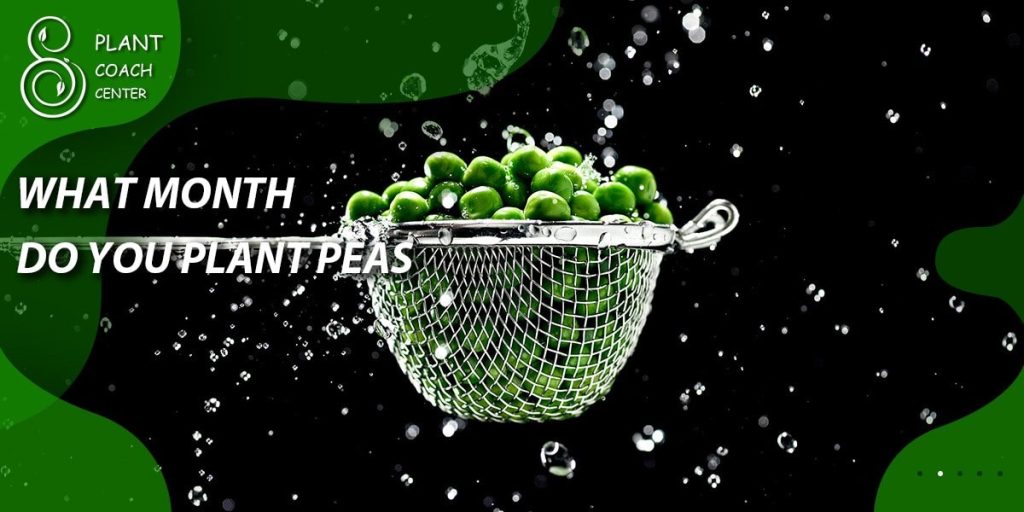
Indoor vs. Outdoor: Starting Peas in Various Settings
The age-old debate of starting seeds indoors versus direct sowing also extends to peas, each with its own advantages and challenges. Both methods offer unique opportunities to kickstart your pea plants, and the choice depends on your gardening goals and local conditions.
Indoor Seed Starting
Indoor seed starting grants you greater control over the early growth stages of your pea plants. Begin by planting your pea seeds in biodegradable pots or seed trays indoors around 4-6 weeks before the last frost date. This head start allows you to nurture your seedlings in a controlled environment, ensuring optimal soil temperature and protection from outdoor elements.
As the seedlings grow, gradually acclimate them to outdoor conditions by placing them outside for increasing periods each day. Once the seedlings are robust and the soil has warmed, you can transplant them into your garden beds. However, this method demands careful attention to avoid transplant shock, as peas have sensitive root systems.
Direct Outdoor Sowing
Direct sowing involves planting your pea seeds directly into the garden soil. This method is more straightforward and minimizes transplant stress since the plants are never moved. Wait until the ground reaches the ideal temperature for pea germination, usually around 45 to 50°F (7 to 10°C).
Ensure the soil is well-drained and worked to a fine texture. Plant the pea seeds in rows or patches, following spacing guidelines. While this method eliminates the need for transplanting, it might result in slightly delayed harvests, as direct-sown plants take longer to establish than indoor-started seedlings.
Early Birds and Late Bloomers: Extending Your Harvest Window
Imagine a garden offering a continuous bounty of fresh peas, delighting your palate from early spring to fall. Achieving this extended harvest is not a dream but a reality with the strategic practice of staggered planting. You can ensure a steady supply of peas throughout the growing season by carefully selecting pea varieties and timing your plantings.
Successive Planting
Successive planting involves sowing small batches of pea seeds at regular intervals rather than all at once. This technique extends your harvest by ensuring that only some plants mature simultaneously. To implement this, choose multiple varieties of peas with varying maturation periods.
For example, you could plant early, mid-season, and late-maturing peas. Begin by sowing the earliest variety as soon as the soil is workable, followed by the next array a couple of weeks later, and so on. This approach spreads the ripening process, providing a continuous supply of peas.
Intercropping and Overlapping
Another way to extend your harvest is by intercropping peas with other crops with different growth rates. Plant quick-growing crops like radishes or lettuce between your pea rows.
As the peas grow and develop, these intercropped crops will be harvested, creating space for the peas to fully expand. This overlapping planting technique maximizes space and time, allowing you to make the most of your garden real estate.
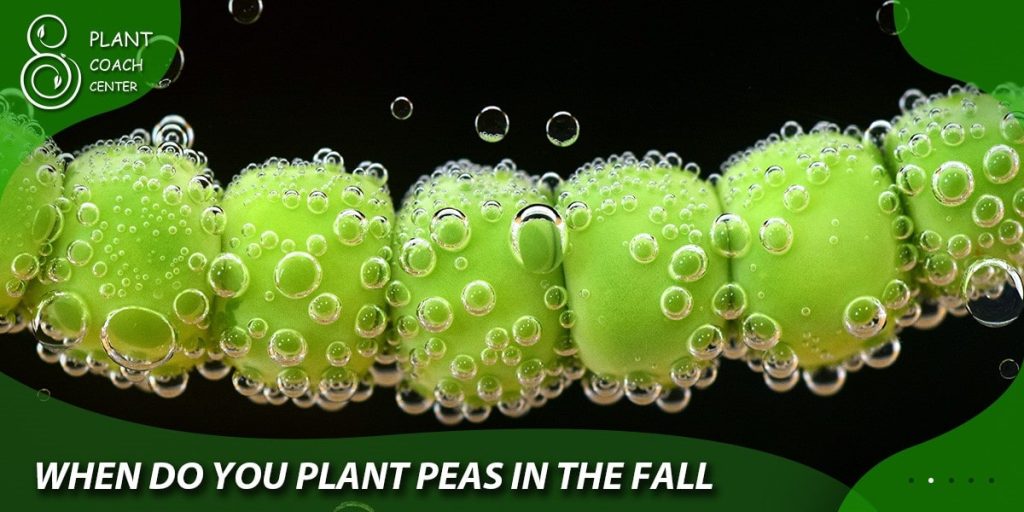
Choosing Early and Late Varieties
When selecting pea varieties for your garden, choose a mix of early and late types. Early-maturing peas will give you a jump start on the harvest season, while late-maturing peas will keep producing well into the warmer months. This combination offers a seamless transition from spring’s sweetness to summer’s heartiness in your pea harvest.
Microclimates and Regional Considerations
In the intricate tapestry of gardening, microclimates are the hidden threads that can significantly impact the success of your pea-planting endeavors. These localized pockets of climate variation allow you to bend the rules of traditional planting timelines and harness the power of your garden’s unique conditions.
Understanding Microclimates
Microclimates are small-scale climate zones within a larger area, often influenced by factors like topography, sun exposure, wind patterns, and even man-made structures. These variations can create pockets of warmer or cooler temperatures than the surrounding area, which can be a boon for extending your pea planting season.
South-Facing Slopes
In regions with colder climates, south-facing slopes receive more direct sunlight and heat. This additional warmth can mean the difference between early-spring planting and waiting for the last frost. Utilize these slopes to your advantage by sowing pea seeds earlier than you would in flatter, colder areas.
Urban Heat Islands
Urban environments retain more heat than rural areas due to the heat-absorbing properties of buildings and pavement. If gardening in an urban setting, your garden might experience higher temperatures than the surrounding countryside. This can lead to an earlier planting window for your peas, capitalizing on the warmth generated by the city.
Coastal and Inland Differences
Coastal areas often experience milder temperatures due to the ocean’s moderating influence. Inland regions, on the other hand, can have more extreme temperature fluctuations. Adjust your pea planting schedule based on your proximity to the coast, aiming for slightly earlier planting in coastal areas and adjusting as you move further inland.
Elevation Effects
If you’re gardening at higher elevations, temperature drops can be more severe, affecting the timing of your pea planting. Look for microclimates that offer protection from cold winds and ensure you’re accounting for the altitude when planning your planting dates.
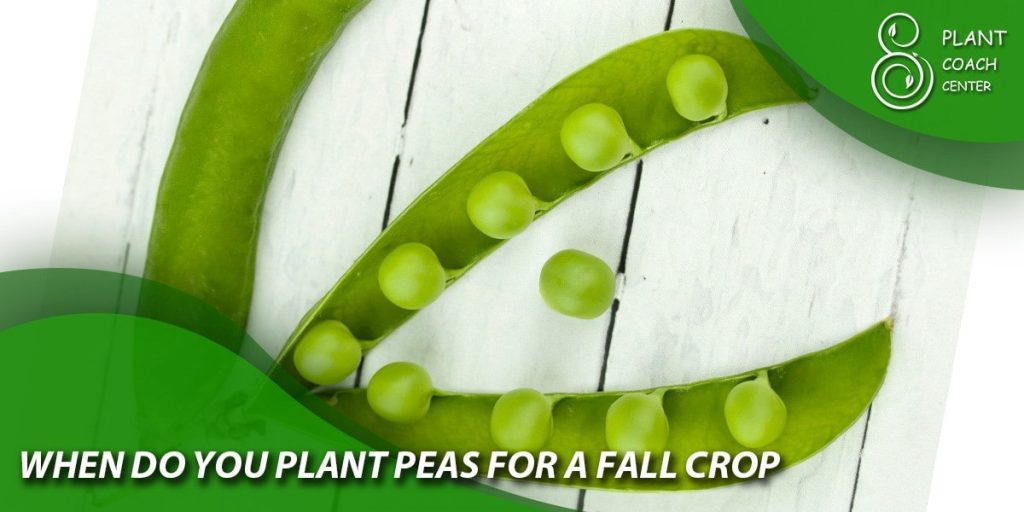
Beyond the Calendar: Using Tools and Technology
In the modern age of gardening, tools, and technology have become invaluable allies in deciphering the optimal timing for planting peas. While the calendar and traditional wisdom are still crucial, these digital aids can provide data-driven insights that fine-tune your planting decisions.
Soil Thermometers
Gone are the days of relying solely on instinct and guesswork regarding soil temperature. Soil thermometers are essential tools that allow you to accurately measure the temperature of your garden beds. This data-driven approach removes the uncertainty from the equation, ensuring that your peas are sown in soil conditions that encourage healthy germination and growth.
Weather Apps and Online Calculators
Weather apps have evolved beyond essential temperature readings. They now offer intricate details about upcoming weather patterns, frost dates, and even soil moisture levels.
Pairing these apps with online planting calculators tailored to your location can provide precise recommendations on when to plant your peas, taking into account the historical climate data of your region.
Planting Guides and Databases
The digital realm has gardening resources, including comprehensive planting guides and databases. These resources offer insights into ideal planting times for various crops, including peas. Plugging in your location and specific pea variety allows you to receive personalized recommendations that align with your local conditions.
Garden Sensors and Smart Devices
For those who enjoy a touch of tech-savviness, garden sensors and intelligent devices can revolutionize your gardening approach. These devices monitor soil conditions and humidity levels and even predict frost events. They send real-time data directly to your smartphone, enabling you to make informed decisions on pea planting and other gardening activities.
Climate Data Analysis
For data enthusiasts, delving into historical climate data for your region can provide deeper insights into trends and patterns. By analyzing temperature trends, frost dates, and even shifts in climate over the years, you can refine your planting schedule and anticipate potential challenges.
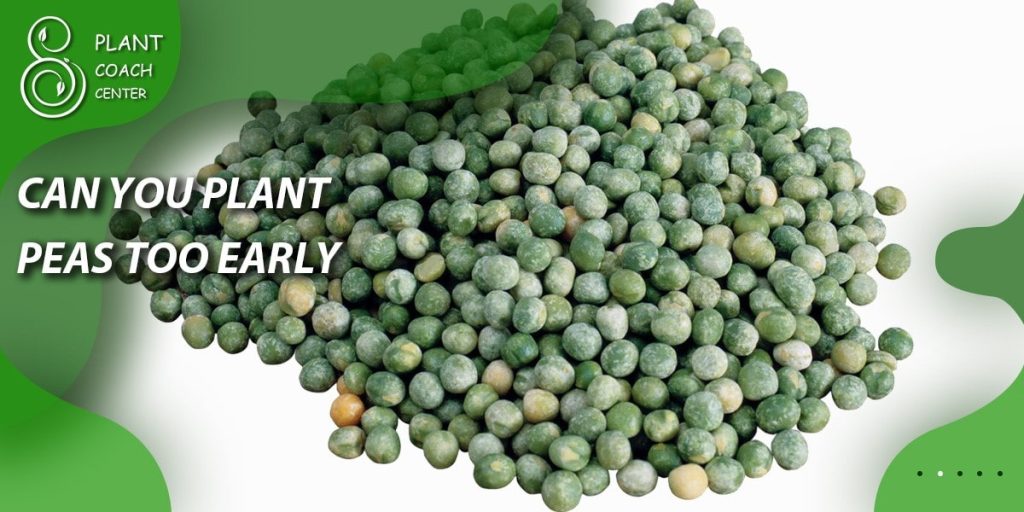
Conclusion
In the intricate choreography of planting peas, the stages of growth unfold as a symphony between the seasons, nature’s cues, and the touch of technology. You can elevate your pea planting game by understanding the distinct growing seasons of various pea varieties, gauging soil temperatures, and interpreting microclimates.
Embracing methods like indoor starting and staggered planting empowers you to stretch the boundaries of your harvest window, savoring the delights of fresh peas from the early whispers of spring to the sun-kissed days of autumn.
As you embark on this journey, remember that while digital tools and technological aids can be valuable companions, the heart of successful gardening remains rooted in the timeless wisdom of observing and collaborating with nature.
So, whether you’re an urban gardener harnessing heat islands or a high-altitude enthusiast deciphering elevation effects, the bountiful world of pea planting is at your fingertips. For more gardening insights and tips, explore PlantCouchCenter.com, where the art and science of gardening converge, offering a space to nurture your green thumb and cultivate your passion for all things plant-related.
When is the best time to plant peas?
The timing varies with pea types. Garden peas start in early spring, sugar snaps follow, and snow peas can be planted early or late summer.
Can I start pea seeds indoors?
You can start pea seeds indoors a few weeks before the last frost date, but be cautious while transplanting to avoid damaging their sensitive roots.
How can microclimates affect pea planting?
Microclimates, influenced by slopes and urban heat, can allow for earlier planting due to warmer conditions, offering extended harvest opportunities.


